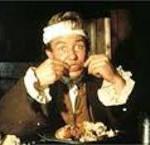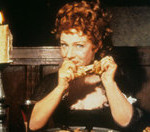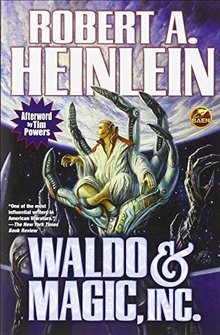One More Time(Piece)
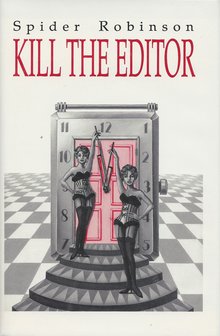 In my last post I talked about John D. MacDonald’s The Girl, the Gold Watch and Everything, and today I’d like to take a look at Spider Robinson’s homage to that classic story, Kill the Editor.
In my last post I talked about John D. MacDonald’s The Girl, the Gold Watch and Everything, and today I’d like to take a look at Spider Robinson’s homage to that classic story, Kill the Editor.
I should begin by telling you that Kill the Editor was published separately as a limited edition (1991) but also appears as the first two thirds of his longer Lady Slings the Booze (1992), which is in itself a follow-up (avoiding the dreaded “s” word) to Callahan’s Lady. In Lady Slings Robinson tips his hat to several other mystery/crime writers in his acknowledgements, but it’s MacDonald’s watch that interests me here.
As you’ll recall if you read my last post, Kirby Winter inherited a watch that would stop time for the person holding it. A ton of other people wanted to get his secret from him – most without knowing exactly what the secret was – and defending himself and defeating the bad guys constitutes the plot of that story. (Or the plot of pretty much any story, I suppose.)
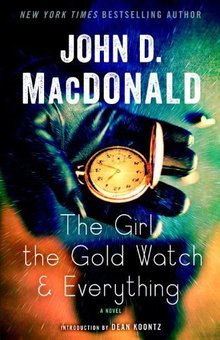 John D. MacDonald is one of my favourite crime writers, and he’s probably best known for his Travis McGee series, starting with The Deep Blue Goodbye (1964) and ending with The Lonely Silver Rain (1985). Others, such as Glen Cook, have used this device after him, but I’m fairly certain that MacDonald’s the first person who identified individual books in his series by giving each one a title colour.
John D. MacDonald is one of my favourite crime writers, and he’s probably best known for his Travis McGee series, starting with The Deep Blue Goodbye (1964) and ending with The Lonely Silver Rain (1985). Others, such as Glen Cook, have used this device after him, but I’m fairly certain that MacDonald’s the first person who identified individual books in his series by giving each one a title colour.
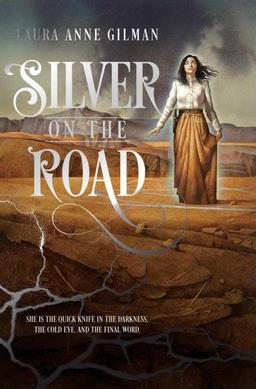
 According to at least one source, Granada’s Alhambra Palace is the most visited tourist attraction in Spain. I’m sure the people in Barcelona would argue that their Sagrada Familia actually holds that honour, but the fact is that people have been going to visit the Alhambra since it became a Moorish royal palace in 1333. Or at least since Washington Irving wrote his Tales of the Alhambra in 1840.
According to at least one source, Granada’s Alhambra Palace is the most visited tourist attraction in Spain. I’m sure the people in Barcelona would argue that their Sagrada Familia actually holds that honour, but the fact is that people have been going to visit the Alhambra since it became a Moorish royal palace in 1333. Or at least since Washington Irving wrote his Tales of the Alhambra in 1840.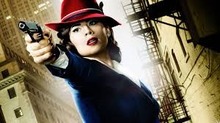 I don’t know how I forgot “superhero” when I wrote about
I don’t know how I forgot “superhero” when I wrote about 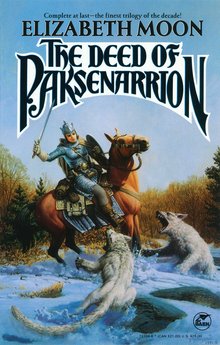 Have you noticed how some characters come with their own jobs, and some need to find one? Some of them, like Sherlock Holmes, even invent their own jobs. There was no such thing as a “consulting detective” until Holmes became one. The job is the character, and the character is the job.
Have you noticed how some characters come with their own jobs, and some need to find one? Some of them, like Sherlock Holmes, even invent their own jobs. There was no such thing as a “consulting detective” until Holmes became one. The job is the character, and the character is the job.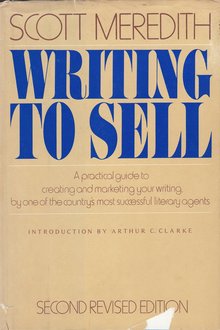 Do you enjoy planning? When you want to give a party, do you start making lists? Thinking about the menu? Who to invite? When there’s a trip coming up, are there lists? Are you usually the first one packed? Or have you at least given considerable thought to your packing?
Do you enjoy planning? When you want to give a party, do you start making lists? Thinking about the menu? Who to invite? When there’s a trip coming up, are there lists? Are you usually the first one packed? Or have you at least given considerable thought to your packing?